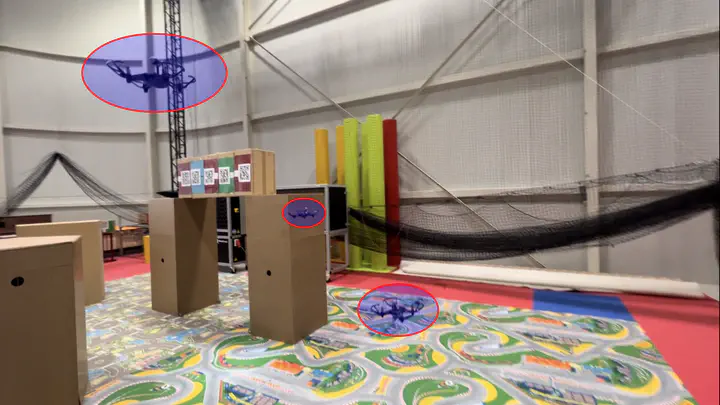Potential Flow Theory Based Guidance Algorithm for 3D Obstacle Avoidance in Cluttered Urban Environments

Abstract
In this paper, an existing guidance method based on potential flow theory is enhanced through the incorporation of 3D models of obstacles, thereby allowing for the optimal utilization of available airspace in urban air mobility applications. The proposed 3D guidance method addresses the limitations of the previous 2D approach, enabling navigation around complex obstacles such as tunnels and torus-like structures. The effectiveness of the proposed algorithm is demonstrated through scaled hardware experiments conducted at The Toulouse Occitanie Drone Flight Area in France. The experimental results demonstrate the successful real-time guidance and collision avoidance capabilities of the proposed algorithm in cluttered environments for multiple aerial vehicles, with an effective utilization of vertical and horizontal space. This improvement makes the proposed 3D guidance algorithm a suitable candidate for urban air mobility operations. Supplementary Video link